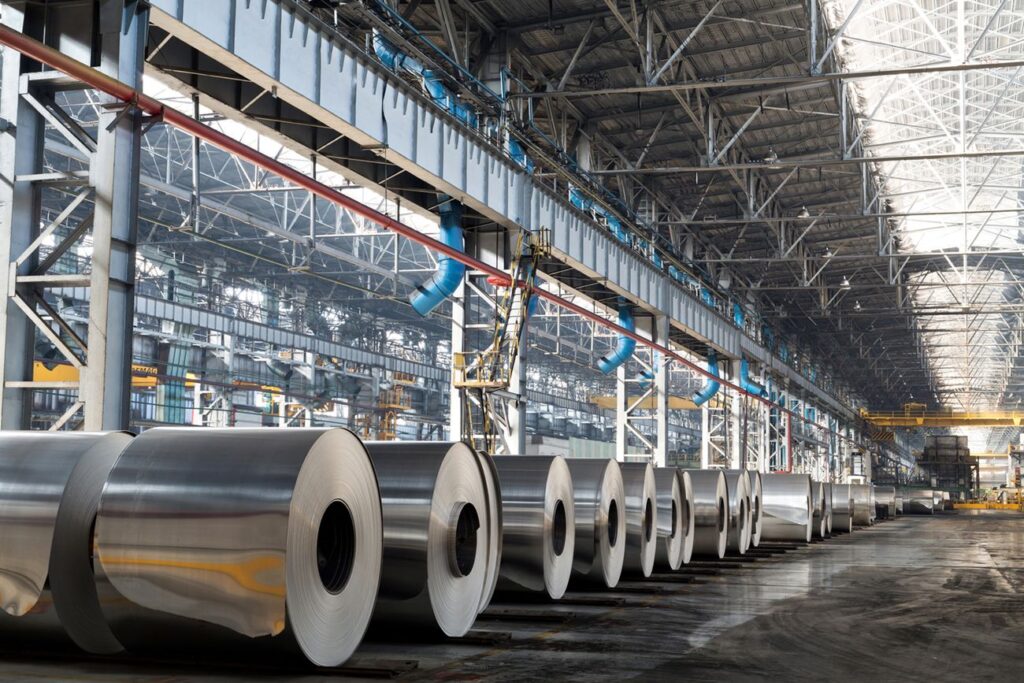Aluminum extrusion is a process used to transform aluminum alloy into objects with a definitive cross-sectional profile for a wide range of uses. The process involves forcing the aluminum alloy through a die of the desired cross-section under high pressure. It is not about adding aluminum powder to a hot oil bath. Instead, the aluminum alloy is heated to a pliable state, not liquefied, and then extruded through the die to create shapes and forms.
How Aluminum Extrusion Works?
- Preparation of the Aluminum Billet: The first step in aluminum extrusion is the preparation of the aluminum billet, which is a solid cylinder of aluminum alloy. The billet is heated to a specific temperature where it becomes malleable but remains solid.
- Extrusion Process: The heated billet is then placed in the extrusion press and forced through a die with the desired cross-sectional shape by a hydraulic or mechanical press.
- Cooling and Hardening: After extrusion, the elongated aluminum profile is cooled, usually by air or water quenching. This solidifies the metal in its new shape.
- Stretching and Cutting: To straighten the profiles and relieve internal stresses, the extrusions are stretched. After stretching, they are cut to the desired length.
- Aging: Finally, the extrusions may undergo an aging process, which can be natural or artificial, to achieve the desired level of hardness and strength.
The Benefits of Aluminum Extrusion
- Versatility in Design: Aluminum extrusion allows for complex and intricate designs with a high level of precision and dimensional accuracy.
- Efficiency and Strength: The process can produce strong and lightweight components that are ideal for a wide variety of applications, from automotive to construction.
- Cost-Effectiveness: It is a cost-effective manufacturing process, especially for high-volume production runs.
- Sustainability: Aluminum is highly recyclable, making extruded aluminum products a more environmentally friendly option.
How to Make Aluminum Extrusion More Effective
- Optimize Design: Efficient design of the extrusion profiles and the extrusion die can significantly reduce material wastage and improve the strength-to-weight ratio.
- Precision in Process Control: Careful control of the billet heating, extrusion speed, and cooling rates can improve the quality of the extruded profiles.
- Use of Quality Aluminum Alloys: The choice of aluminum alloy can impact the extrusion process’s effectiveness, as different alloys offer different properties and workability.
- Post-Process Treatments: Appropriate heat treatment and surface finishing can enhance the properties of the extruded products, such as their strength, durability, and appearance.
By addressing these aspects, the efficiency and output quality of aluminum extrusion can be significantly improved, making it a vital process in the production of a diverse range of aluminum products.



